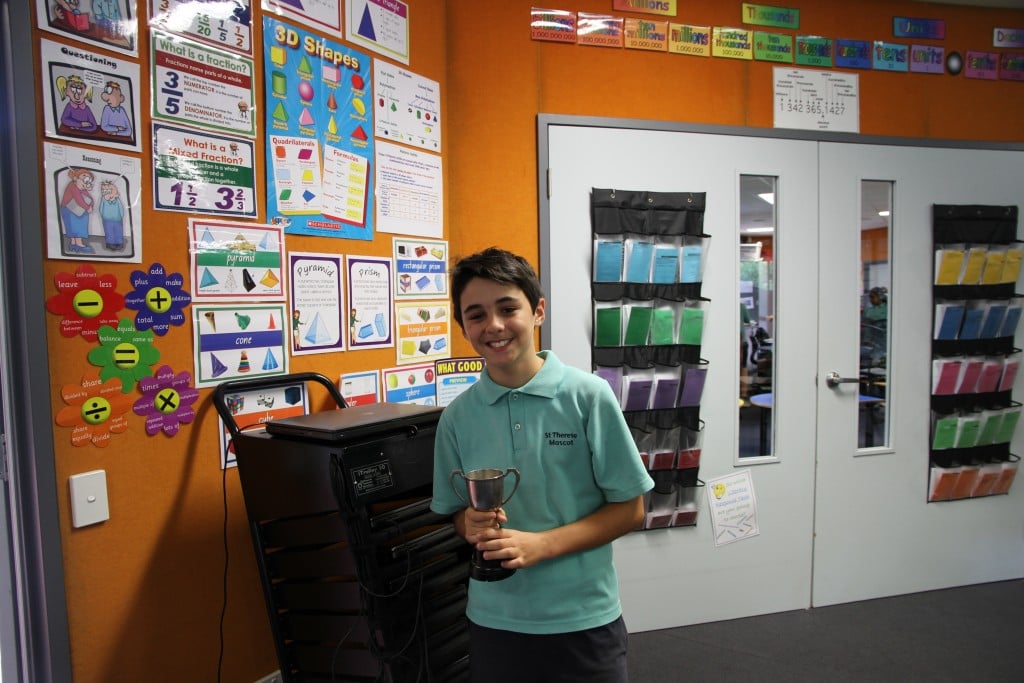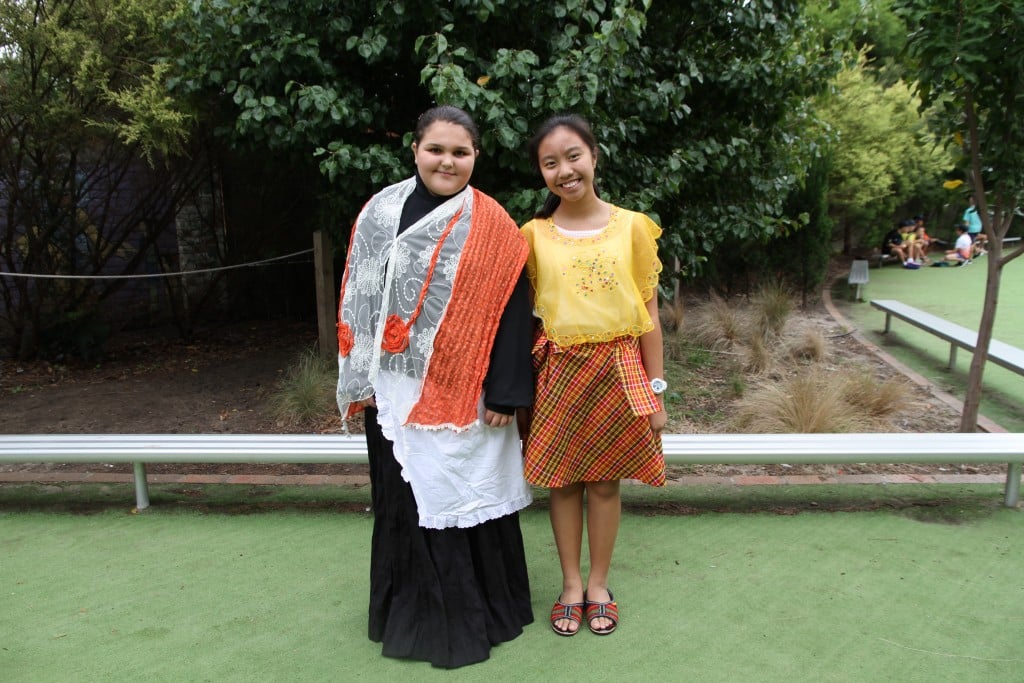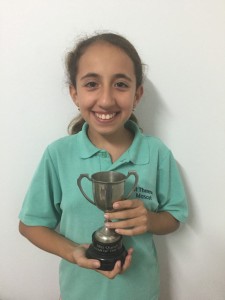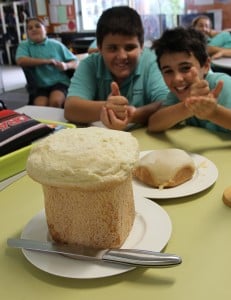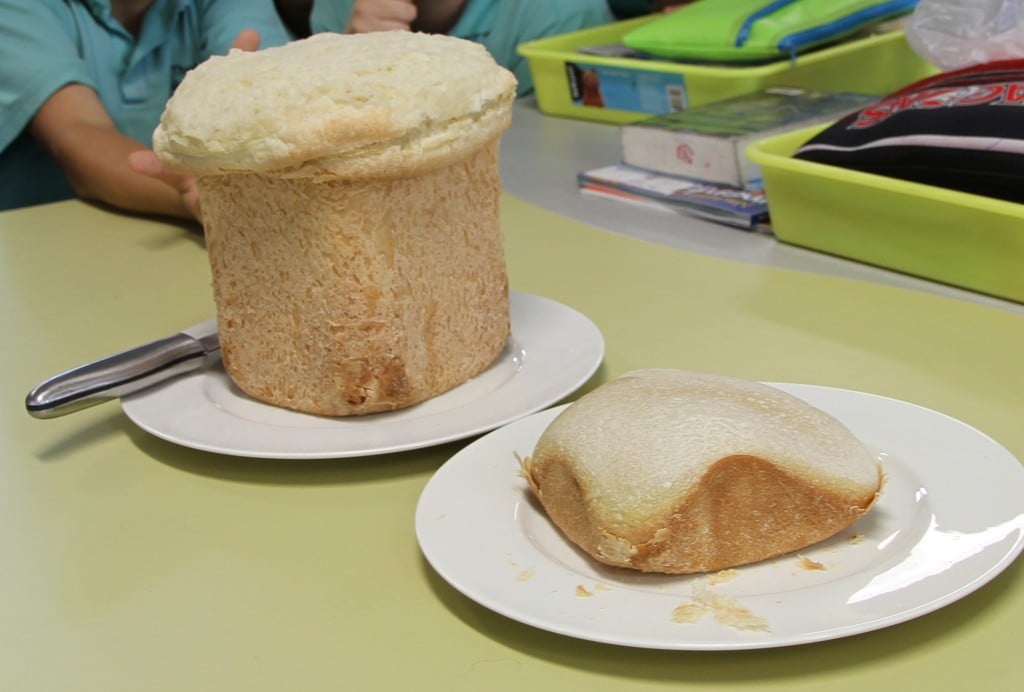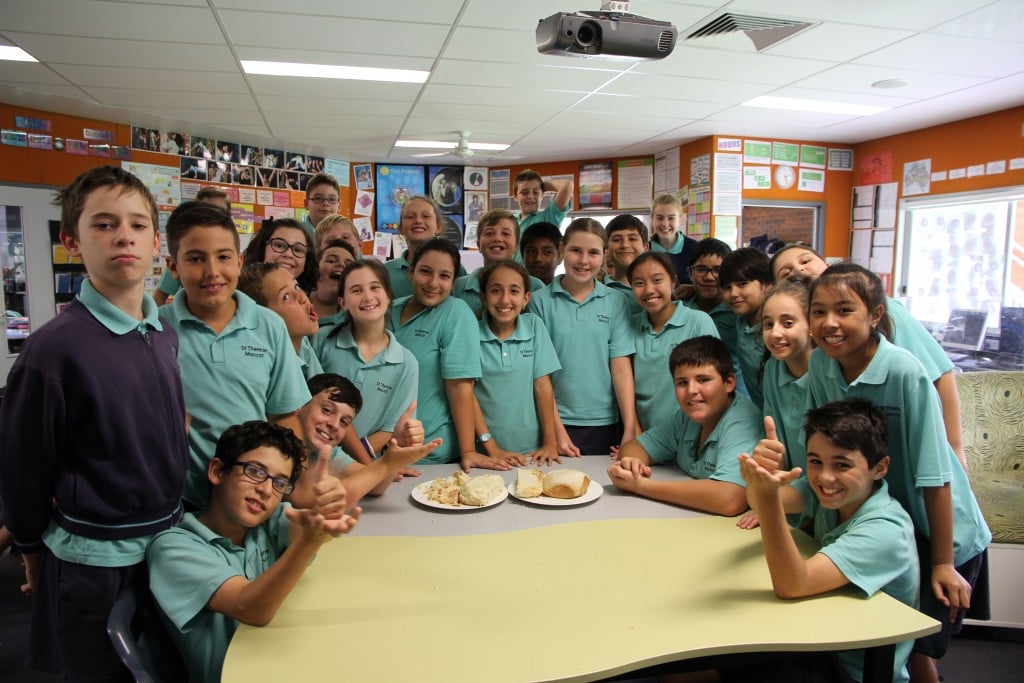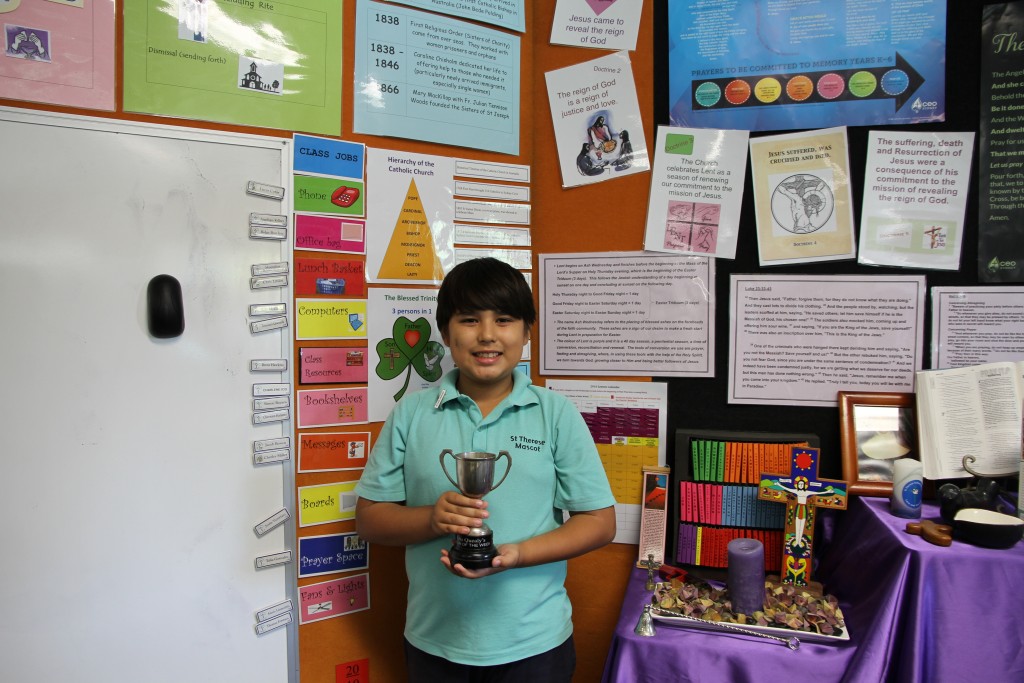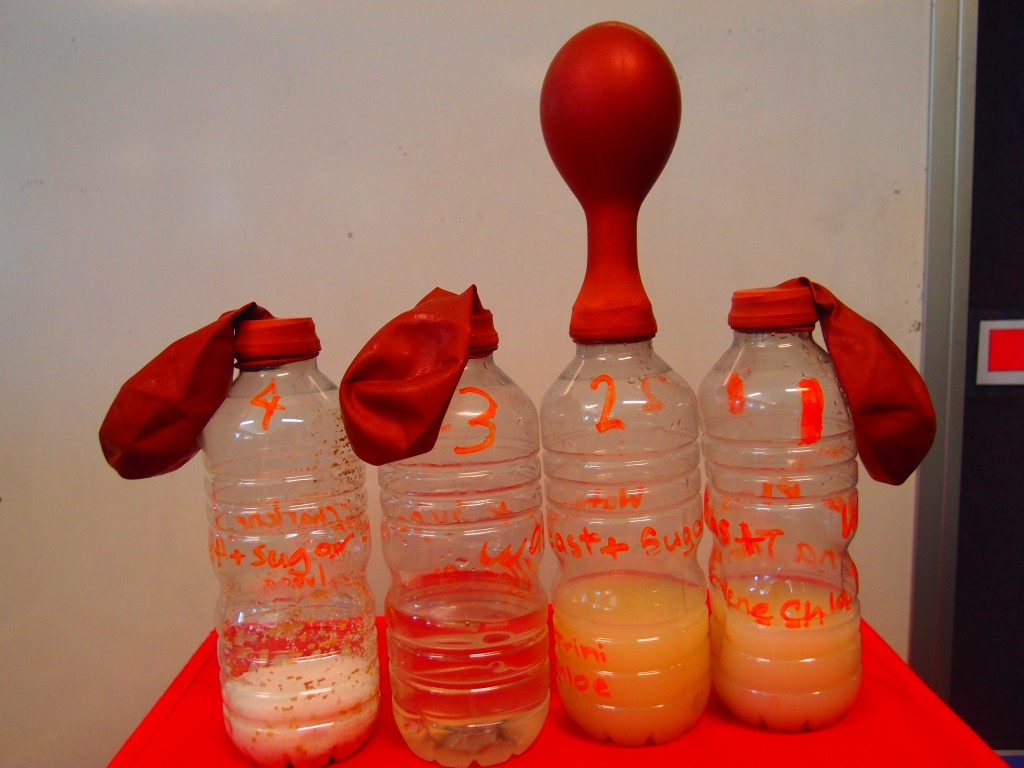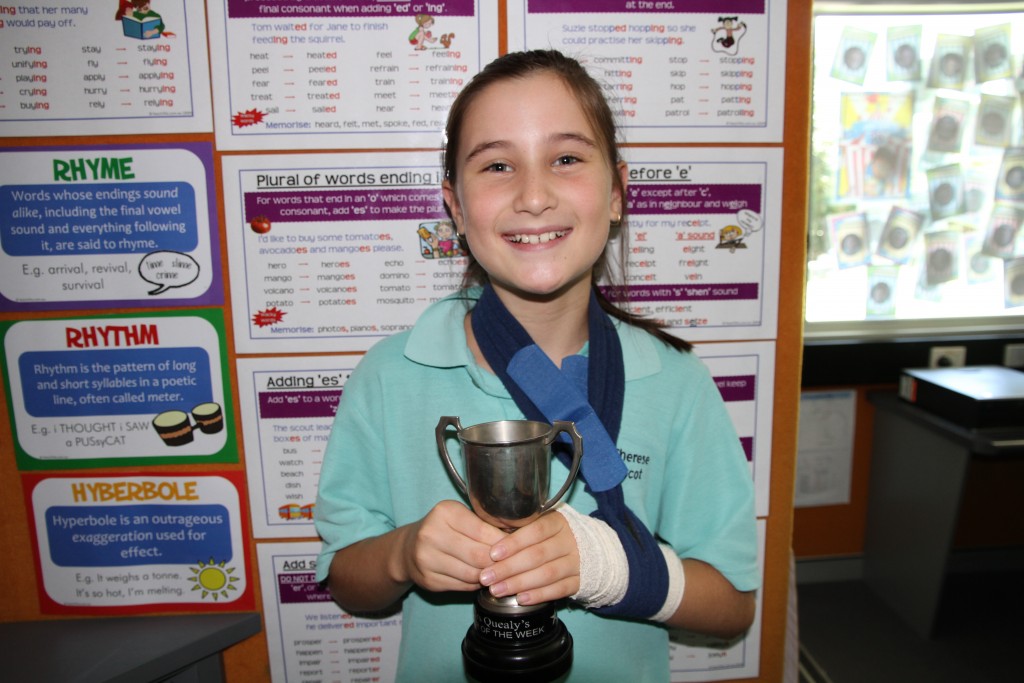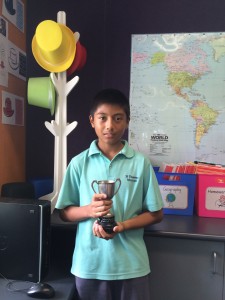On Wednesday 30 March, all of Year 6 attended an excursion to Brasserie Bread in Botany to learn more about the role of yeast, a micro-organism, in the bread-making process. Matt, our tour guide, told us that two specific types of yeast are used at their bakery. One is used to make sourdough and the other is used to make non-sourdough bread and pastries. The sourdough bread is made from wild yeast culture while the other bread and pastries are made from fresh compressed yeast. The wheat used at the Brasserie Bakery is wheat grain. When the bakery makes their wholemeal bread variety, they use the whole grain – including the husks. Matt reported that grinding the husks in with the wheat grain makes a wholemeal bread mixture. This is a much healthier bread mix than when the husks are left out because the wholemeal mixture has more nutrients, vitamins, minerals and some proteins. The two yeast varieties are pictured below.
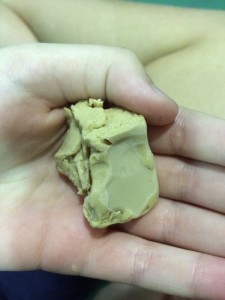
Fresh Compressed Yeast
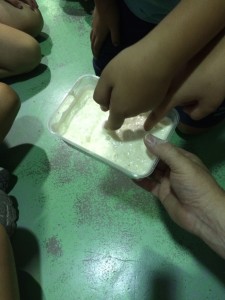
Wild Yeast Culture
In the photo above you can see some children dipping their fingers in the wild yeast culture. The majority of children didn’t like the taste and said it was like powdery sour yogurt.
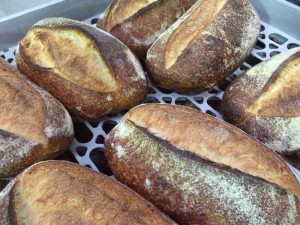
Yummy sourdough bread
In the picture above you can see loaves of sourdough. These loaves took three whole days to bake and were made by mixing icy cold water and the wild yeast. This is in marked contrast to the bread making process adopted at school. Our bread only took 3 hours to bake and we used warm water with a temperature of 37 degrees. Matt explained that the cold water slowed down the process enormously, allowing the natural sugars to escape the yeast and expand throughout the mixture. This provides the yummy distinctive sourdough flavour.
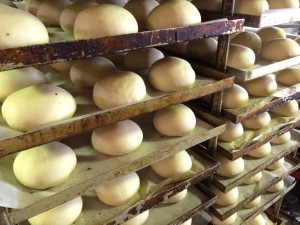
Bread rolls in the making
These bread rolls were made using the fresh compressed yeast. Here, they are waiting to fully rise before being baked in the large ovens.
We got to bake some sourdough bread ourselves, as well as small pizzas. Here we are in the thick of it! Take a look and let us know what you think.
Have you ever made your own bread or pizza? It’s a lot of fun as well as being fabulously delicious.
Having fun on our Brasserie Bread excursion on PhotoPeach
Having fun on our Brasserie Bread Excursion 2 on PhotoPeach
Eating our very own creations! on PhotoPeach


